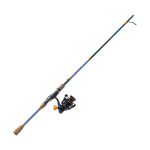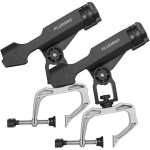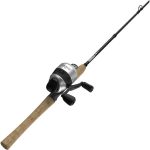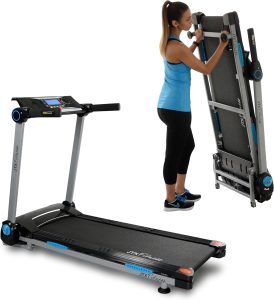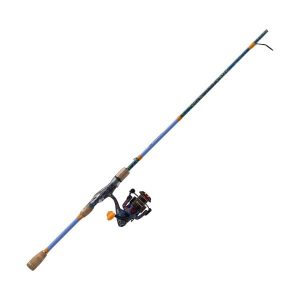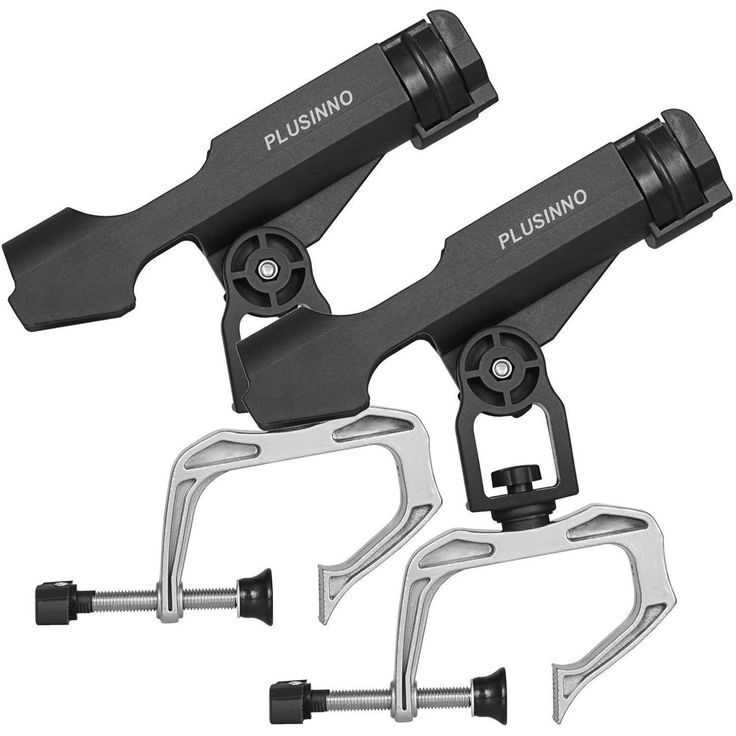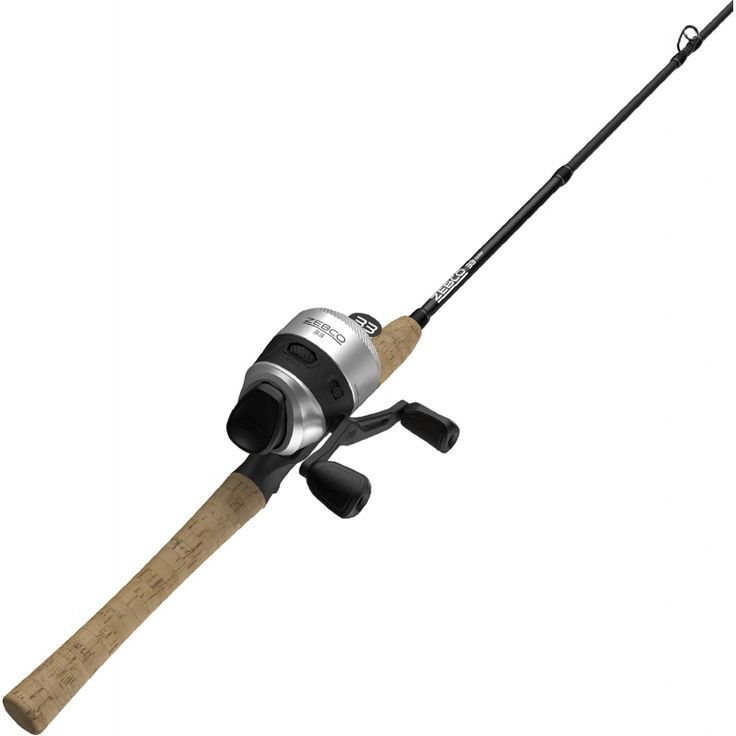I. Introduction

A. Importance of exercise equipment for maintaining a healthy lifestyle Regular physical activity is essential for maintaining a healthy lifestyle and preventing various health conditions. Exercise equipment provides a convenient way to stay active, especially when it comes to indoor workouts. Walking pads, in particular, offer a low-impact option for cardiovascular exercise.
B. Introduction to walking pads as an effective indoor exercise option Walking pads, also known as treadmills, are one of the most popular exercise equipment choices for indoor workouts. They provide a convenient and accessible option for walking or running, allowing individuals to engage in cardio exercise regardless of weather or time constraints.
II. Getting Started with Your Walking Pad
A. Setting up the walking pad
- Assembly instructions and safety precautions
- Follow the manufacturer’s instructions carefully to ensure the proper setup of the walking pad.
- Adhere to safety precautions, such as placing the walking pad on a stable and leveled surface and avoiding power cords in high traffic areas.
- Adjusting the incline and speed settings
- Familiarize yourself with the features and controls of your walking pad to adjust the incline and speed settings.
- Start with a flat surface and a comfortable speed, gradually increasing as your fitness level improves.
B. Proper form and technique for walking

- Establishing a comfortable stride
- Take natural steps and maintain a stride length that feels comfortable to you.
- Avoid overstriding, as it can put unnecessary stress on your joints.
- Maintaining an upright posture
- Stand tall with your head aligned with your spine.
- Engage your abdominal muscles to support your posture.
- Engaging core muscles for stability
- Activate your core muscles by gently pulling your belly button toward your spine.
- This helps stabilize your body and protect your lower back.
- Utilizing the handles or handrails (if applicable)
- The handles or handrails on the walking pad are there for support and balance.
- Use them as needed, but avoid leaning on them excessively, as it can reduce the effectiveness of the workout.
C. Using the various workout features
- Understanding the different preset programs available
- Walking pads typically come with preset workout programs, such as distance-based, time-based, or interval training.
- Familiarize yourself with these programs and choose the ones that align with your fitness goals.
- Customizing workouts based on fitness goals and preferences
- Most walking pads allow you to customize workouts by adjusting incline, speed, and duration.
- Tailor your workouts to challenge yourself and make progress toward your fitness goals.
- Monitoring heart rate using built-in sensors (if available)
- Some walking pads have built-in heart rate sensors in the handlebars.
- Regularly monitor your heart rate during workouts to gauge the intensity and adjust your pace accordingly.
III. Tips for Effective Workouts
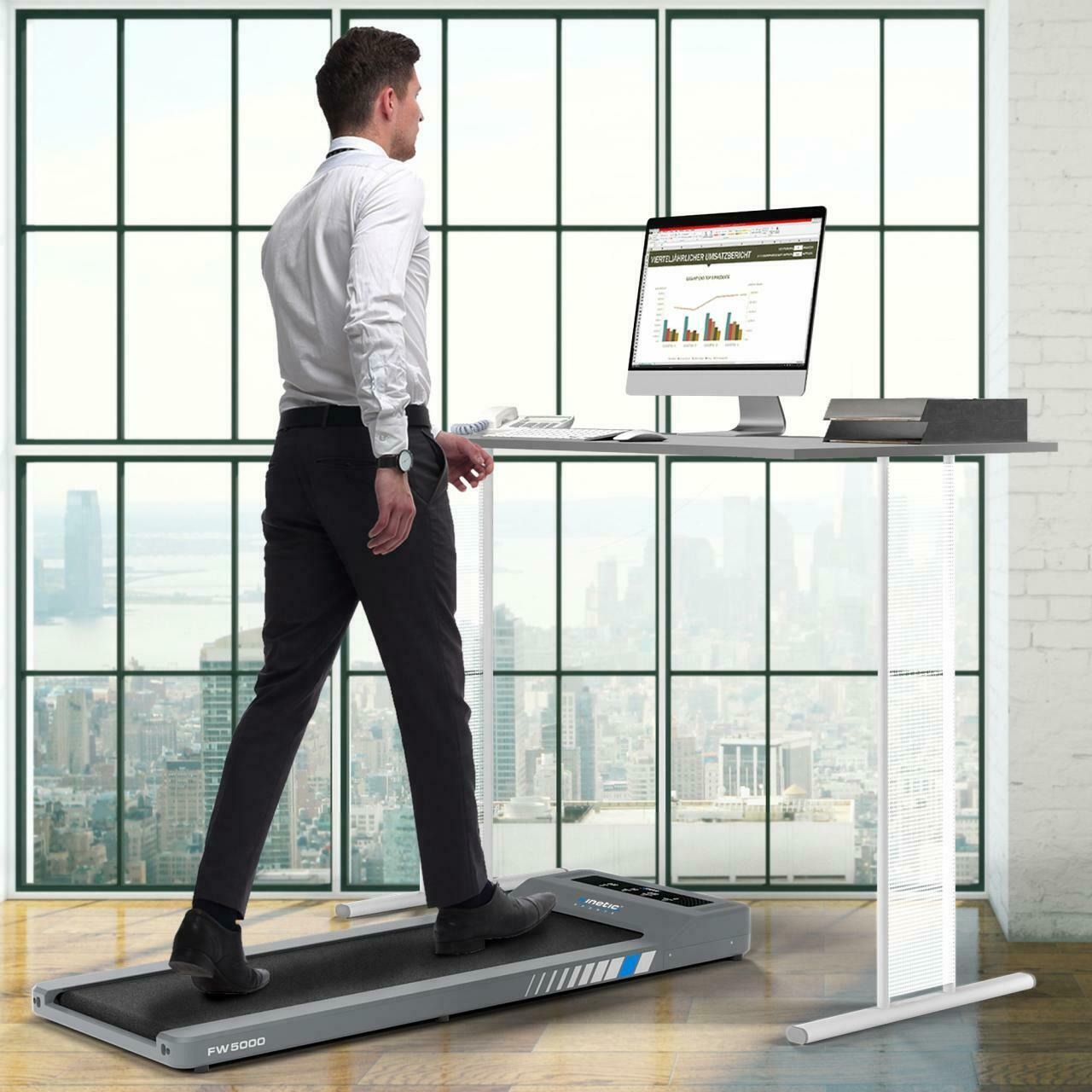
A. Warm-up and cool-down routines
Warming up before exercising is essential for preparing your muscles and joints for the upcoming workout. It increases blood flow, raises your body temperature, and helps prevent injuries. Some key points to consider for a proper warm-up routine include:
- Importance of warming up muscles before exercise: Explain the benefits of warming up, such as increased flexibility, improved range of motion, and heightened muscle performance.
- Stretching exercises to prevent injuries: Provide examples of dynamic stretches, such as leg swings, arm circles, and torso twists, that target different muscle groups and warm them up effectively. Emphasize the importance of stretching all major muscle groups.
- Proper cooldown techniques to aid in recovery: Explain the significance of cooling down after exercise, which helps your body slowly transition back to its resting state and prevents dizziness or muscle soreness. Highlight the importance of including static stretching exercises in the cooldown routine to improve flexibility and reduce muscle stiffness.
B. Incorporating interval training
Interval training is a popular workout technique that involves alternating between high-intensity and low-intensity exercises or periods of rest. It offers numerous benefits, including improved cardiovascular fitness, increased calorie burn, and enhanced endurance. Provide the following information to guide readers in incorporating interval training into their walking pad workouts:
- Explanation of interval training benefits: Elaborate on the advantages of interval training, such as increased metabolism, improved fat burning, and efficient use of workout time. Emphasize how interval training can be personalized to individual fitness levels and goals.
- Designing an interval workout plan for optimal results: Provide sample interval workouts that are suitable for beginners, intermediate, and advanced users. Include guidelines on determining the appropriate intensity levels and durations for the high-intensity and low-intensity intervals. Discuss how to gradually progress the intensity and duration of intervals over time.
C. Tracking progress and setting goals

Monitoring your progress and setting goals can help you stay motivated and track your improvements over time. By utilizing the tracking features of your walking pad, you can gather valuable data and set challenging yet achievable goals. Cover these points in your article:
- Utilizing the walking pad’s tracking features: Explain the various tracking features available on modern walking pads, such as distance covered, time elapsed, speed, calories burned, and heart rate monitoring. Guide users on how to access and interpret these metrics.
- Setting measurable and attainable goals for motivation: Discuss the importance of setting specific goals that are measurable, achievable, relevant, and time-bound (SMART goals). Encourage readers to set goals related to distance, speed, duration, or calorie burn and provide tips on breaking down big goals into smaller milestones for a sense of accomplishment.
IV. Maintenance and Care
A. Cleaning and sanitizing the walking pad
Proper cleaning and sanitizing of your walking pad are necessary to maintain a hygienic workout environment and ensure the longevity of the equipment. Cover the following points in this section:
- Regular cleaning of the walking surface: Explain the importance of regularly wiping down the walking surface with a mild cleaning solution and a soft cloth or sponge. Emphasize the removal of sweat, dirt, and any spills to prevent odor or damage to the machine.
- Keeping the handlebars and control panel germ-free: Stress the importance of disinfecting the handlebars and control panel, as these are high-touch areas that can harbor bacteria. Provide guidelines on using disinfectant wipes or a mild cleaning solution to keep these areas clean and germ-free.
B. Lubrication and belt maintenance

Proper lubrication and belt maintenance are crucial for the smooth operation and longevity of your walking pad. Inform readers of the importance of these maintenance tasks and provide step-by-step instructions for carrying them out:
- Understanding the importance of belt maintenance: Explain how regular maintenance of the walking pad’s belt is necessary to prevent friction, reduce wear, and enhance overall performance. Discuss the signs of a worn-out belt and the implications of not maintaining it properly.
- Steps for proper lubrication and belt adjustment: Outline the process of applying lubricant to the walking pad’s belt, emphasizing the use of the manufacturer-recommended lubricant and following their instructions carefully. Additionally, provide guidance on how to adjust the tension of the belt, if necessary, according to the manufacturer’s guidelines.
C. Routine maintenance checks
In addition to regular cleaning and lubrication, routine maintenance checks are essential for catching any potential issues with your walking pad. Educate readers on the importance of these checks and provide guidance on how to perform them:
- Inspecting and tightening screws and bolts: Explain the significance of periodically inspecting and tightening screws and bolts to ensure the stability and safety of the walking pad. Provide a checklist of the areas to check, such as the frame, handlebars, and console.
- Checking for signs of wear or damage: Instruct readers on how to visually inspect their walking pad for any signs of wear, such as frayed belts, damaged cables, or loose parts. Encourage them to contact the manufacturer or a professional technician if they notice any significant damage that requires repair.
V. Conclusion
Summarize the main points discussed throughout the article, emphasizing the importance of incorporating effective workout techniques, tracking progress, and following proper maintenance and care for walking pads. Encourage readers to apply the tips and techniques shared to maximize their walking pad workouts’ effectiveness, enjoyment, and longevity.


